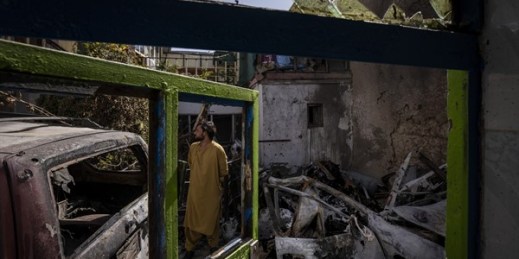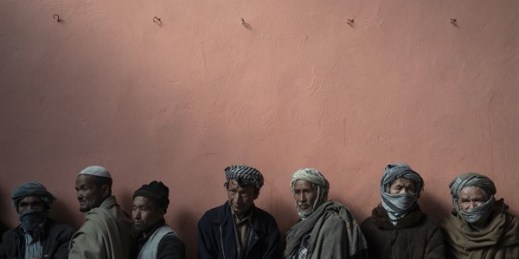
Last week, the U.S. Department of Defense released a one-page summary of its findings from an investigation into a drone strike in Kabul that killed a family of 10 during the U.S. withdrawal from Afghanistan. U.S. military officials had received intelligence that a specific car had visited a “suspected” Islamic State safehouse and loaded what “appeared to be” explosives into its trunk. After the vehicle was destroyed with explosives in the driveway of the house, it was determined that the driver was actually Zemari Ahmadi, an electrical engineer who worked for a U.S. aid organization. Ahmadi was killed in the […]


